The Persona series of RPGs has been going strong for over twenty years now with five main entries and a few spinoffs, as well. The series has given players a variety of different characters to know, from Persona 4's Investigation Team to Persona 5's Phantom Thieves.
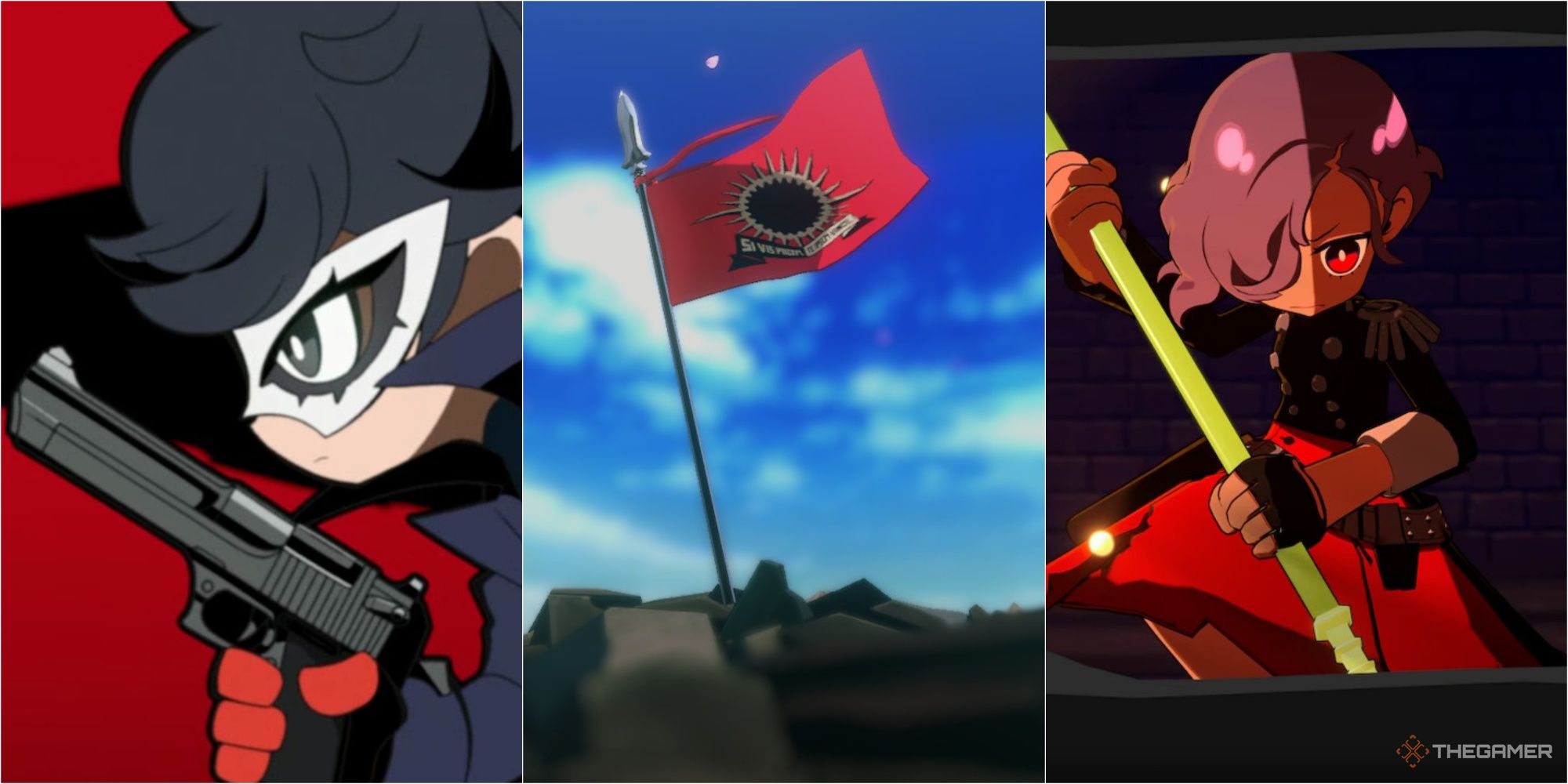
Persona 5 Tactica: Beginner Tips
The Phantom Thieves are back at it again in Persona 5 Tactica, but things are a little different than you may remember.Each of the games is in the same universe as each other and each new entry is a follow-up of sorts despite featuring a new cast of characters with each new entry. There is a certain order to the games where even some spinoffs are considered canon, too.
Updated December 30, 2023 by Quinton O'Connor: We've added new games to the list, provided additional context for most entries, and more.
Please be aware that this article will contain moderate spoilers for each entry. If you wish to remain unspoiled, but you're still curious about the chronological order in which the games occur, read each game's title - but don't read the rest!
Shin Megami Tensei: Persona (1996)
|
Original Release Year |
In-Universe Year(s) |
Updated Version |
Director |
|---|---|---|---|
|
1996 |
1996 |
PlayStation Portable in 2003 |
Kouji Okada |
The game that started it all. Revelations: Persona, aka Persona 1, is set in the year 1996 and follows the protagonist, who is referred to simply as Boy With Earring, and his classmates. They meet the being known as Philemon who grants them the ability to summon Personas after they partake in the Persona ritual. Demons soon begin to stalk their hometown as they now have to use their Personas to stop them.
There are two paths, both of which are fairly meaty in their own right. It's worth giving them each a shot.
Persona 2: Innocent Sin And Persona 2: Eternal Punishment (1999)
|
Original Release Year |
In-Universe Year(s) |
Updated Version |
Director |
|---|---|---|---|
|
1999 |
|
Takeshi Tominaga |
Persona 2 was split into a duology, with Persona 2: Innocent Sin serving as part 1 and Eternal Punishment serving as part 2. Both games are set in 1999, three years after the first game, and follow the same general cast of characters in the fictional Sumaru City.
Persona 2: Innocent Sin
Innocent Sin follows high schooler Tatsuya Suou as his group of friends investigates rumors all of a sudden coming true with the culprit being known as the Joker (not the Persona 5 Joker). These occurrences are eventually linked to the villainous Nyarlathotep, who is trying to fulfill a prophecy to end the world. Due to the villainous Nyarlathotep, a new timeline is created at the end of the game.
Persona 2: Eternal Punishment
Eternal Punishment is set in this new timeline and stars Maya Amano this time around as she investigates the Joker phenomenon. The culprit is revealed to be a person whose memories weren't erased, which sets in motion the possibility for Nyarlothotep to win again. The party must defeat the enemy for good and all.
Persona 3: The Journey And Persona 3: The Answer (2009-2010)
|
Original Release Year |
In-Universe Year(s) |
Updated Version |
Director |
|---|---|---|---|
|
2006 |
2009-2010 |
|
Takeshi Tominaga |
Persona 3 and Persona 3: The Journey are set a decade later, in 2009, and follow Makoto Yuki and the Shadow Extracurricular Execution Squad (SEES) as they investigate the Dark Hour, an hour set between 12 a.m. midnight and 12:01 a.m., that only a select few experience. Their investigation eventually leads to them discovering that an event known as The Fall is coming that will end the world.
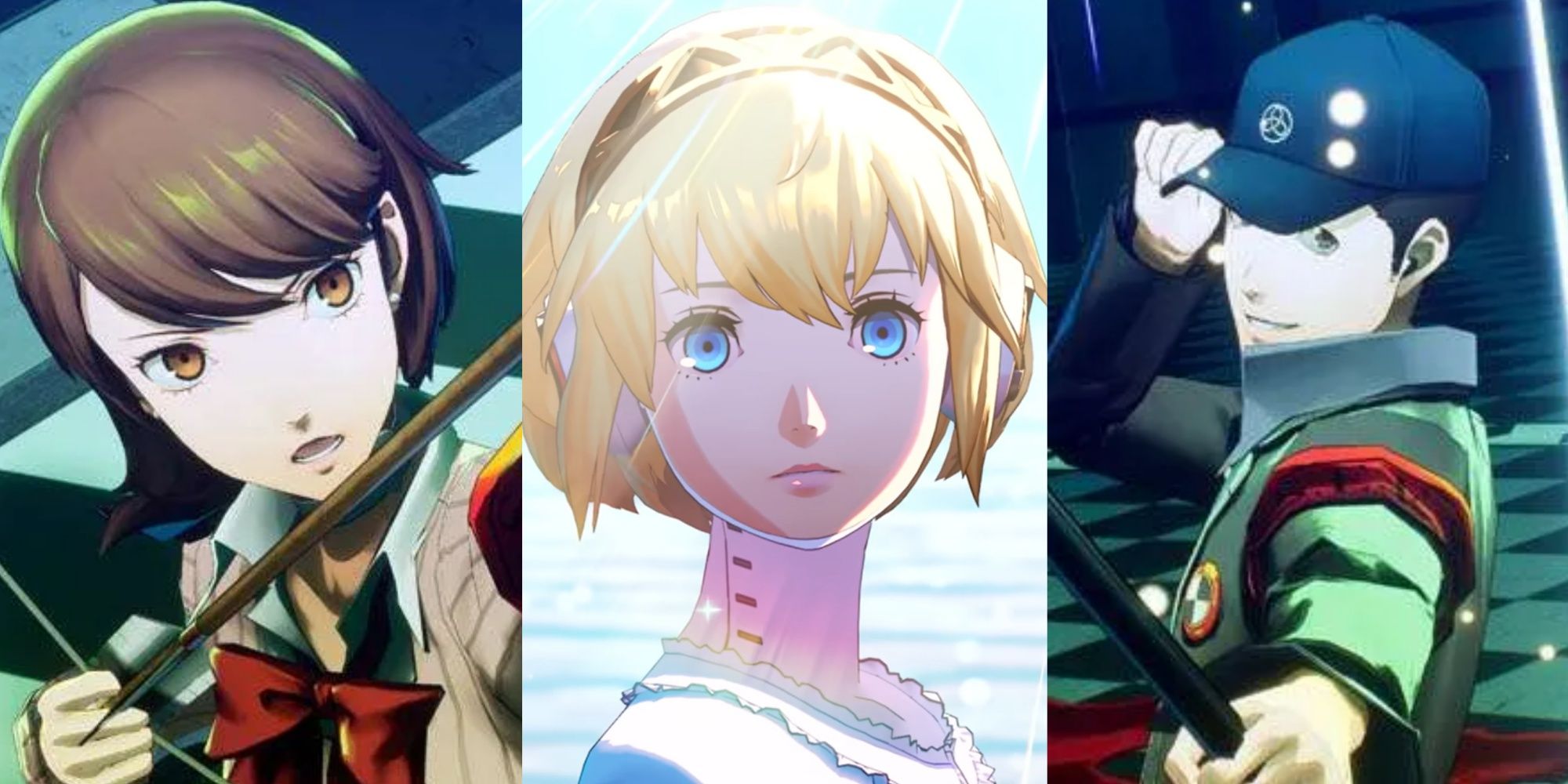
10 Changes We Hope To See In Persona 3 Reload
Better pacing and fewer weird/creepy interactions, please.A classmate of SEES is revealed to be a harbinger of the doom to come; he and Nyx must be defeated in turn to save the world.
Persona 3: The Answer
The Answer is the epilogue to the journey exclusive to the FES version of the game and stars the android Aigis. The party is trapped in a time loop on March 31st, in which Nyx makes a final attempt to be freed.
Regarding the upcoming remake, Persona 3 Reload - which may be out already by the time you're reading this - is also set in 2009. Unlike Persona 3 Portable, it will likely be treated by Atlus as reflective of chronological canon going forward, effectively replacing Persona 3 FES. It will not contain The Answer, however; but it will expand upon various social links.
Persona 4 And Persona 4: Golden (2011-2012)
|
Original Release Year |
In-Universe Year(s) |
Updated Version |
Director |
|---|---|---|---|
|
2008 |
2011-2012 |
PlayStation Vita (as Persona 4 Golden) in 2012 |
Katsura Hashino |
Set in 2011, Persona 4 follows the exploits of Yu Narukami as he lives with his police detective uncle, Dojima, and little cousin, Nanako, in the quiet town of Inaba. He eventually discovers that a series of bizarre murders have been occurring underneath a dense fog that sweeps the town on rainy days. It is eventually revealed that the victims are killed in the mysterious Midnight Channel that can be accessed on certain TVs.
Persona 4: Golden
In Persona 4: Golden, the story is retold with additional events, and then continues on from the original ending by focusing on a Golden-exclusive character named Marie. Without giving too much away, it's safe to say a certain antagonist must be defeated this time around.
Persona Q: Shadow Of The Labyrinth (2009 And 2011)
During the adventures of both SEES and the Investigation Team, the two groups are pulled from their own time periods and thrown into an alternate version of Yasogami High School that's located in a separate dimension. They eventually discover a labyrinth beneath the school as well as two amnesiac students, Zen and Rei, who need help in restoring their memories of how the duo got into the school to begin with.
Like several entries on this list, both groups' memories are erased, preventing problems with the canon thoughts of the protagonists.
Persona Q occurs for SEES at the point in Persona 3's story in which a typhoon causes the cancelation of its culture festival. On the other hand, the Investigation Team is pulled in during Persona 4's actual culture festival. Since Yasogami High is the setting - but it's all a parallel world created by a certain character - it can be said to occur in an alternate 2011. From the two parties' perspectives, however, the events take place in September 2009 and August 2011, respectively.
Persona 4: Dancing All Night (2012)
|
Original Release Year |
In-Universe Year(s) |
Updated Version |
Director |
|---|---|---|---|
|
2015 |
2012 |
N/A |
Kazuhisa Wada |
Set a month after Persona 4: Golden's epilogue, Rise Kujikawa of that game's cast invites her friends to dance with her at the Love Meets Bond festival. They eventually discover that idol Kanami Mashita and her idol group, Kanami's Kitchen, has gone missing. When Yu, Rise and Naoto Sirogane check out a video on the LMB website at midnight, they are sucked into the world of the Midnight Stage where a mysterious voice is controlling the shadows there. Instead of using personas, the trio are forced to resort to dancing to free them from the voice's control.
Persona 4 Arena And Persona 4 Arena Ultimax (2012)
|
Original Release Year |
In-Universe Year(s) |
Updated Version |
Director |
|
|---|---|---|---|---|
|
2012 (Both) |
2012 |
N/A |
|
The fighting game spinoff is set in May 2012 when Yu returns to Inaba for Golden Week. The Midnight Channel, though, starts up again and the team investigates the TV World, becoming separated and forced to compete in a fighting tournament. Meanwhile, two years after the conclusion of Persona 3, Mitsuro Kirijo and Aigis go to the TV World to track down an android known as Labrys.
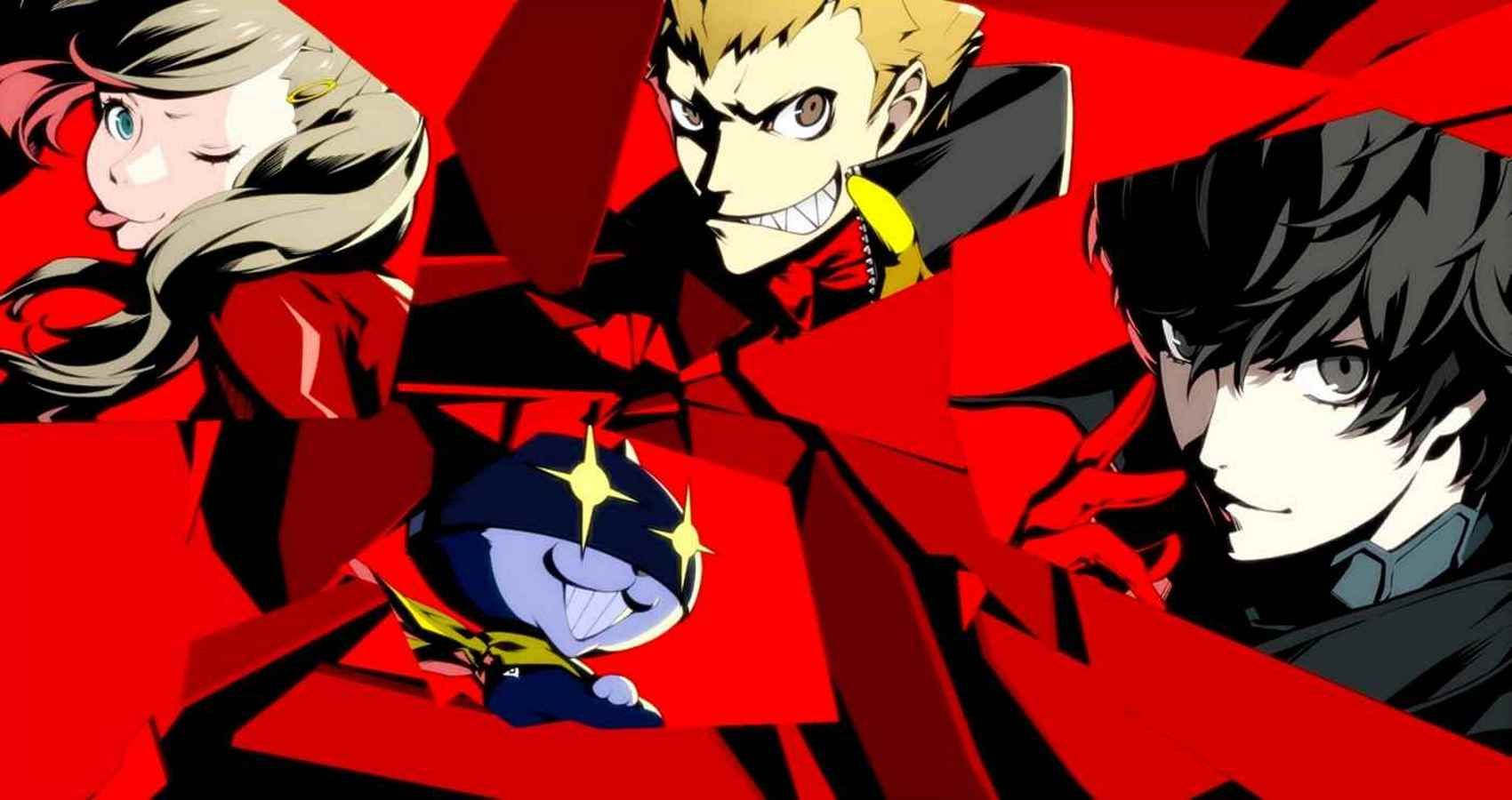
Persona 5 Royal: The Best Accessories, Ranked
Why settle for less power in your punches when these P5R accessories will help boost your stats?Persona 4: Arena Ultimax
Arena Ultimax occurs the next day, when Inaba is now covered in a red fog and is seemingly experiencing the Dark Hour from Persona 3. It is eventually revealed that a boy named Sho Minazuki is the one responsible who is trying to summon the entity Hinokagutsuchi and destroy the world.
Persona 5 And Persona 5: Royal (Presumably 2016-2017)
|
Original Release Year |
In-Universe Year(s) |
Updated Version |
Director |
|---|---|---|---|
|
2016 |
2016-2017 |
Numerous consoles (as 'Persona 5 Royal') in 2019 |
Katsura Hashino |
Persona 5 is set in the latter half of the 2010s as it follows Ren Amamiya, aka Joker of the Phantom Thieves, as he works with like-minded individuals by taking the hearts of corrupt adults via the mysterious Metaverse. He is pegged as a criminal after being framed for a crime he only committed to save an innocent woman, and so society frowns upon Joker - truly unfair!
The year is referred to as '20XX' in-game, purposefully keeping things obscure. However, a little napkin math gives us a clearer picture; Rise of Persona 4 fame is referred to as having reached at least the age of 20. The wording is a little foggy, but since 2016 lines up with the release date of the original Persona 5, many fans go with the notion that Rise is still 20 years old at the time the in-game comment is made. This lines things up with 2016 at the beginning of the game, and 2017 by its end.
Persona 5: The Royal
Royal introduces two new characters, a student named Kasumi and a quirky guidance counselor named Maruki. Their storylines come into sharper focus after the climax of the original Persona 5, lending the game a third semester which goes further into 2017. Well, presumably 2017!
Persona Q2: New Cinema Labyrinth (2009, 2011, 2016)
|
Original Release Year |
In-Universe Year(s) |
Updated Version |
Director |
|
|---|---|---|---|---|
|
2018 |
2009, 2011, 2016 |
N/A |
|
While the Phantom Thieves explore Mementos in the Metaverse, they end up trapped in a film that is connected to a mysterious theater. Persona Q2 is another case of the protagonists losing their memories at the end of the story, but we can isolate Persona 5's protagonists as experiencing New Cinema Labyrinth sometime in early-to-mid October. We're running on the notion that Persona 5/Royal takes place in 2016-17 here.
The casts of Persona 3 and Persona 4 also participate in Q2, and we can deduce that Persona 3's heroes experience this in September 2009, while Persona 4's are pulled in from November 2011.
Persona 3: Dancing In Moonlight And Persona 5: Dancing In Starlight (2009, 2017)
|
Original Release Year |
In-Universe Year(s) |
Updated Version |
Director |
|---|---|---|---|
|
2018 (Both) |
2009, 2017 |
N/A |
Nobuyoshi Miwa |
After learning of the events of Persona 4: Dancing All Night, the Velvet Room attendees of Persona 3 and 5 (Elizabeth and Caroline and Justine, respectively) decide to see who has the better guest after growing jealous of the Persona 4 one, Margaret.
While both SEES and the Phantom Thieves are dreaming, they are both summoned to their own Velvet Rooms where they have to take part in an impromptu dance off. The winning team gets a prize whereas the loser seemingly goes to hell. But on the plus side, their memories will be wiped once they wake up. (You might be noticing a pattern at this point.)
Our deductions remain somewhat nebulous, but based on the party members available in each game, it seems that the Persona 3 cast is from at least August 2009; while the Persona 5 cast is from early 2017.
Persona 5 Tactica (Early 2017)
|
Original Release Year |
In-Universe Year(s) |
Updated Version |
Director |
|---|---|---|---|
|
2023 |
2017 |
N/A |
Naoya Maeda |
As of this writing, Persona 5 Tactica is the most recent game in the series. But as for its place in the chronology, we have - once again - a case when the heroes lose their memories at the end in order to accommodate the fact that the game occurs midway through the original story.
In this case, the clues are thanks to the winter weather outside LeBlanc, Persona 5's cafe. The final Palace - not counting Royal's new one in the third semester, that is - has been cleared, and the world's been saved accordingly.
Persona 5 Strikers (Mid-2017)
|
Original Release Year |
In-Universe Year(s) |
Updated Version |
Director |
|
|---|---|---|---|---|
|
2020 |
2017 |
N/A |
|
Persona 5 Strikers is set after Persona 5, but not necessarily after the 'replaced' canon of The Royal, as there are no mentions of either Kasumi or Maruki. It's not impossible for the team to just... not bother mentioning them, though no regard for Kasumi does seem a bit odd! Joker returns to Tokyo to spend the summer with his old friends until they are eventually forced on a road trip across Japan as the Metaverse returns through the app known as EMMA.
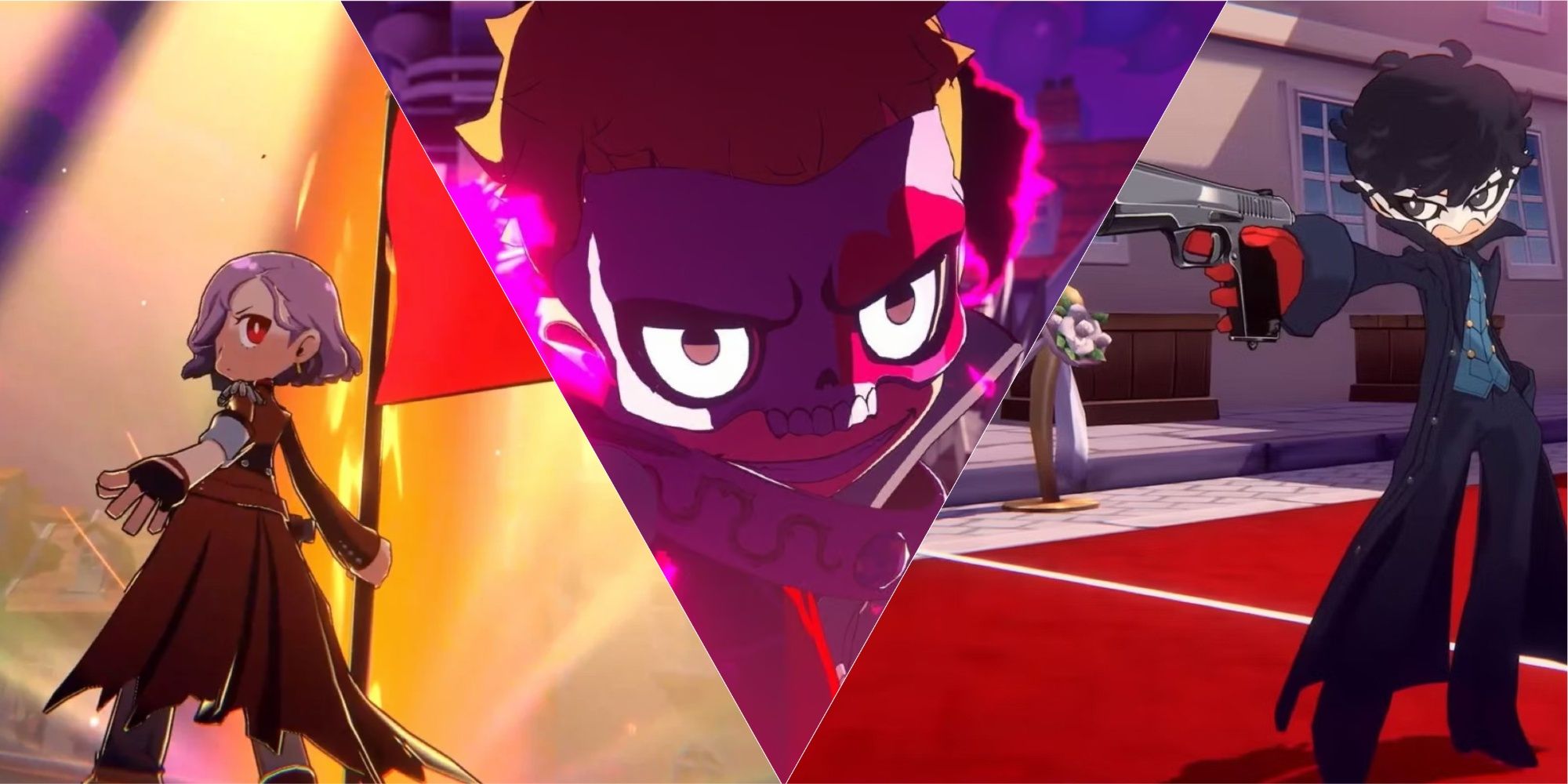

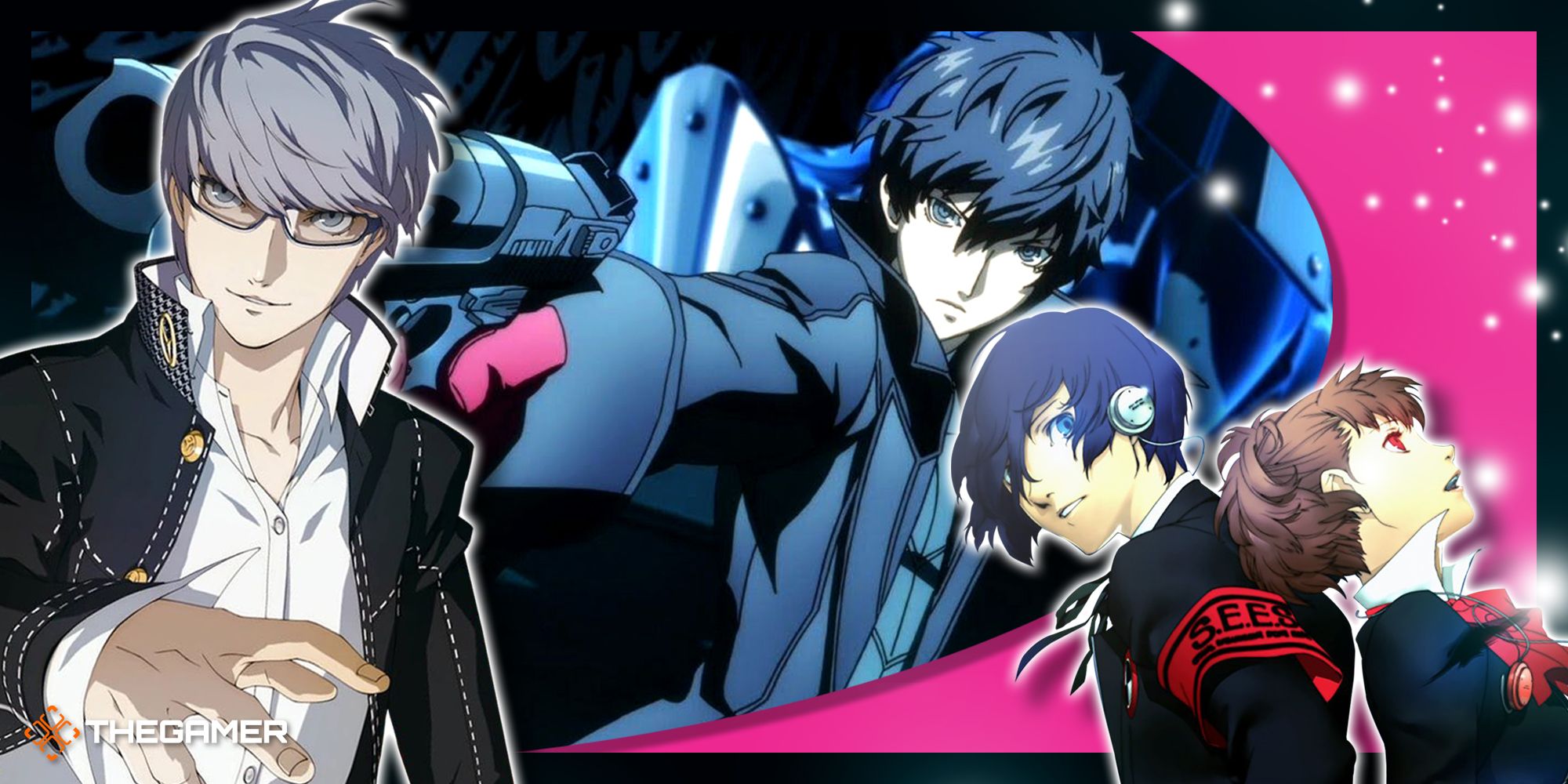
.jpg)
.jpg)
.jpg)
.jpg)
.jpg)
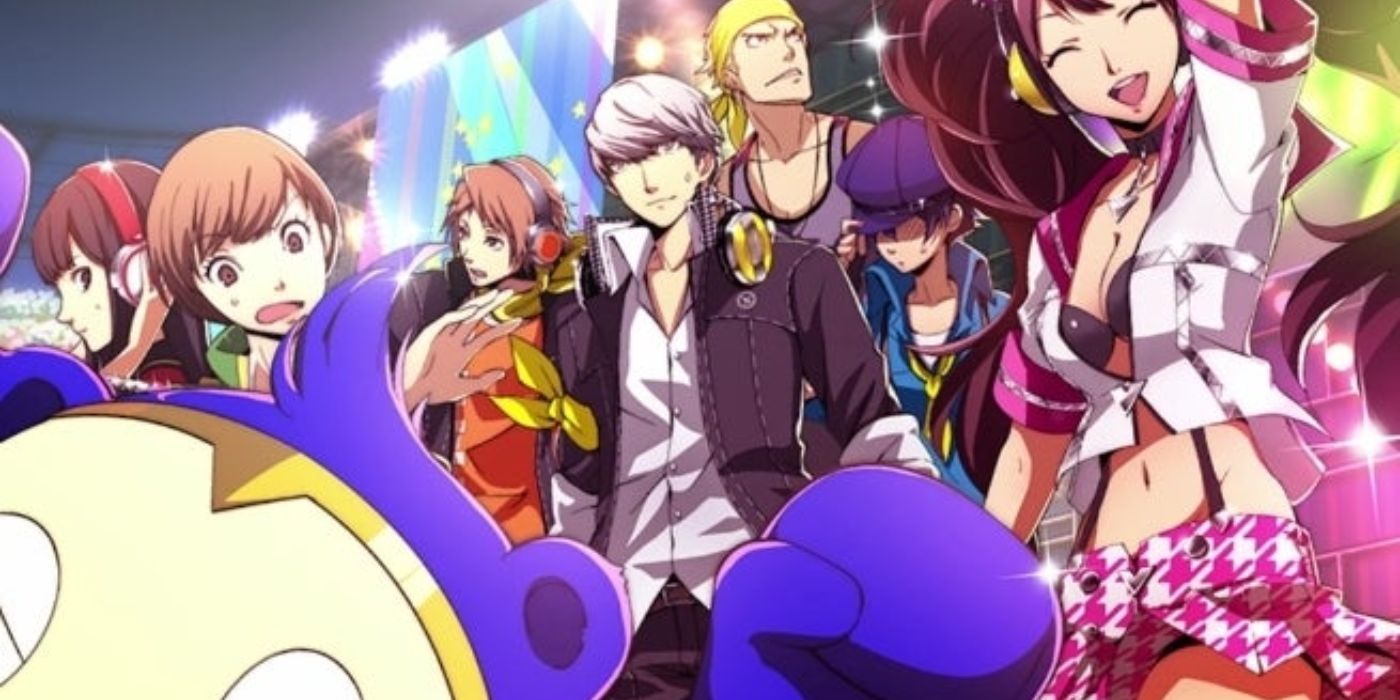
.jpg)
.jpg)
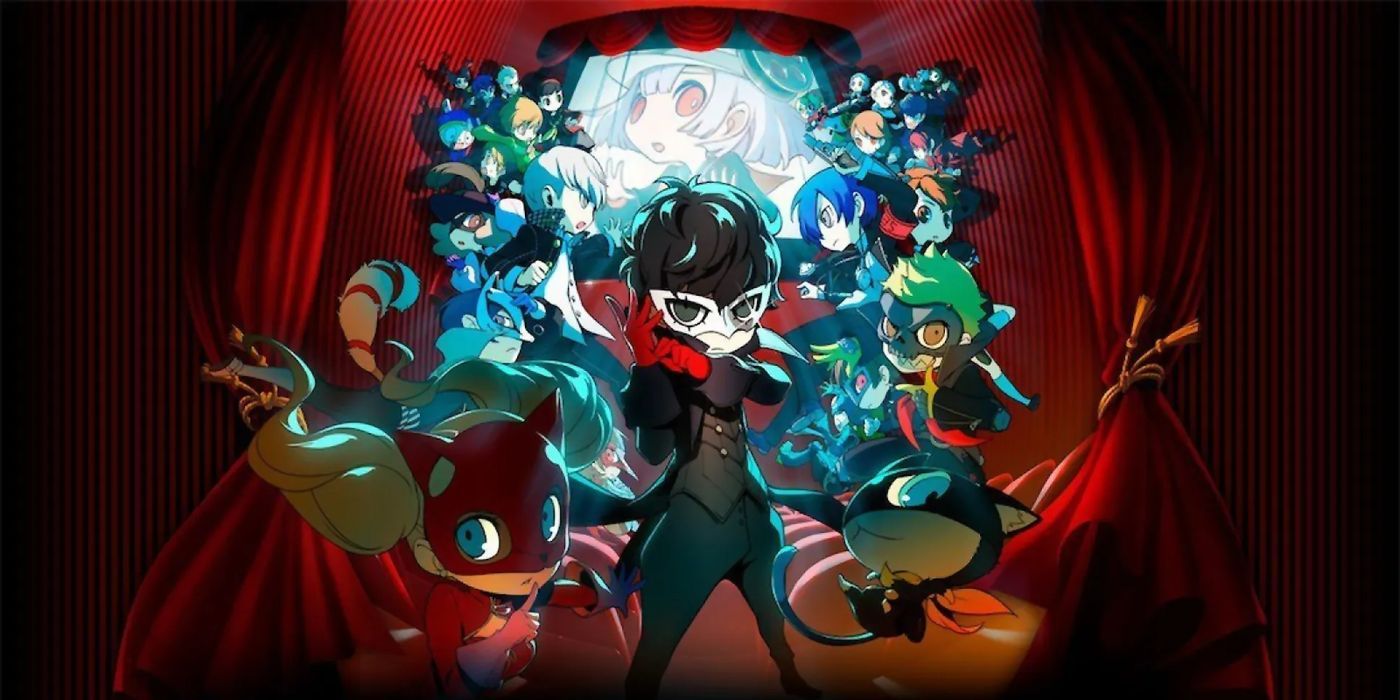
.jpg)
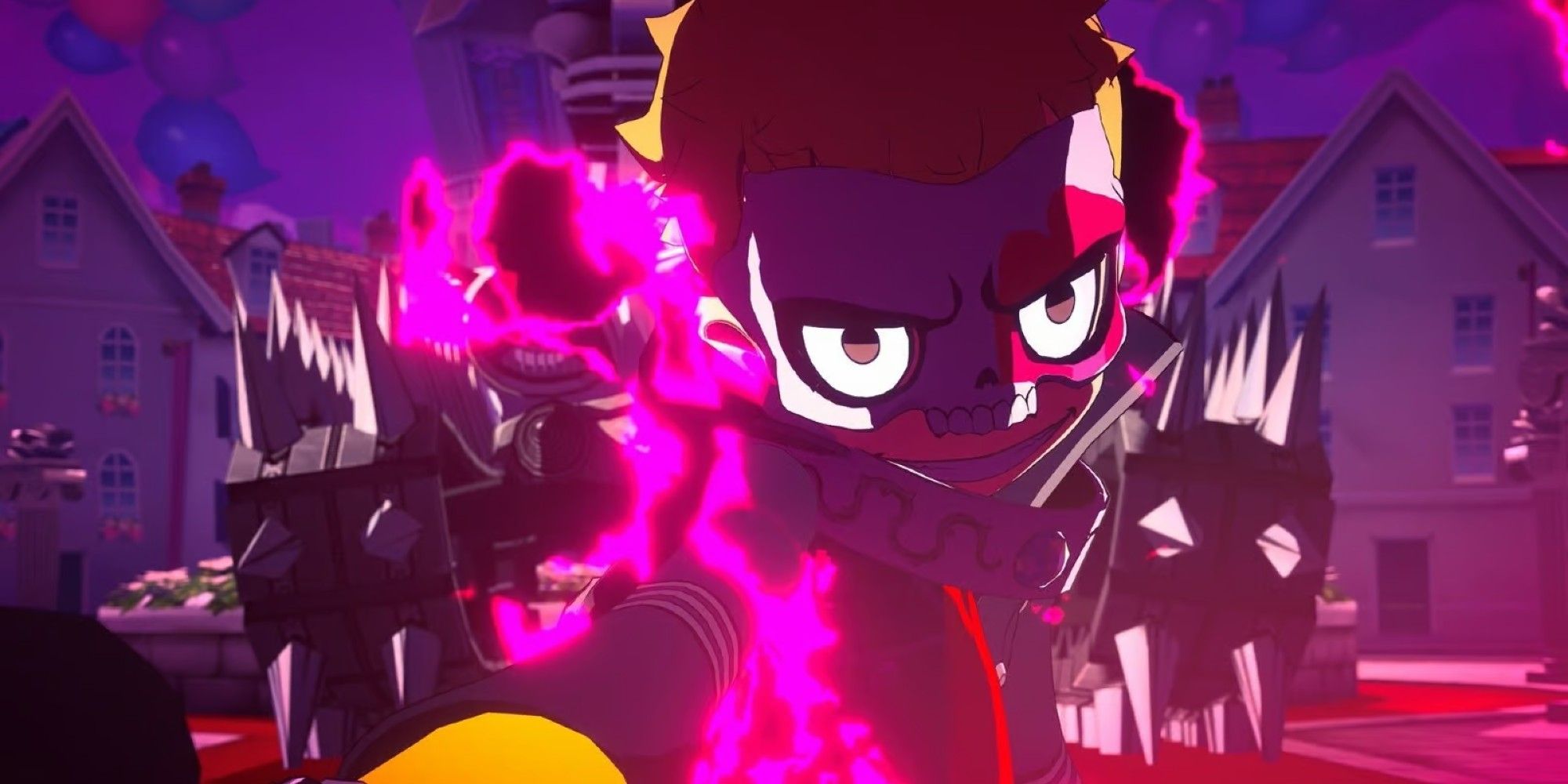
.jpg)